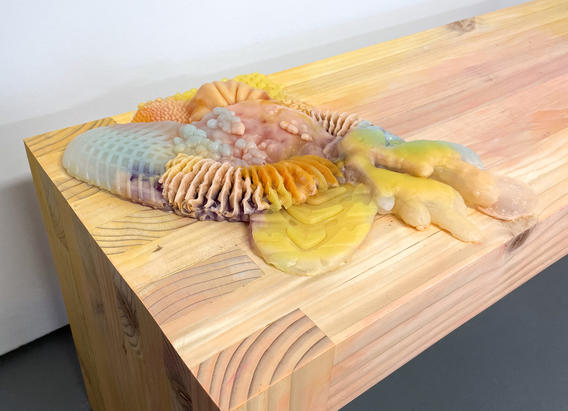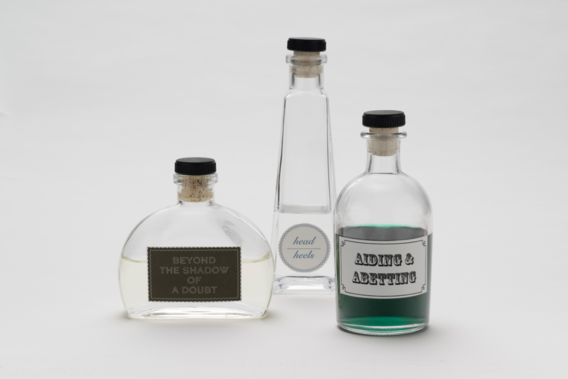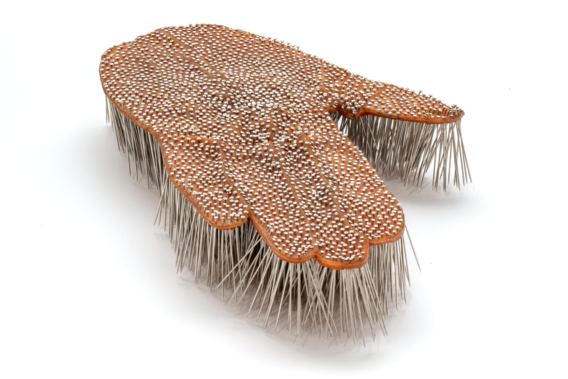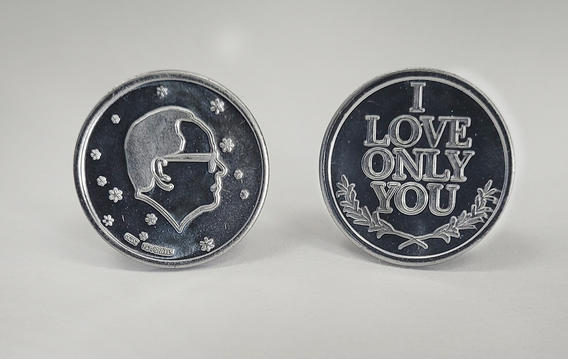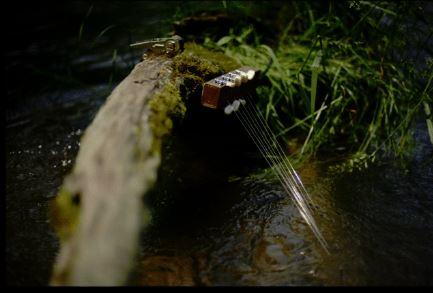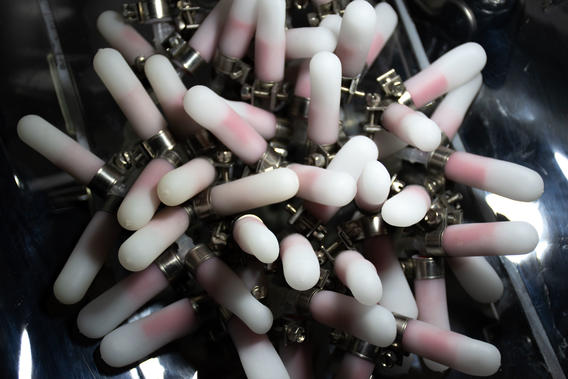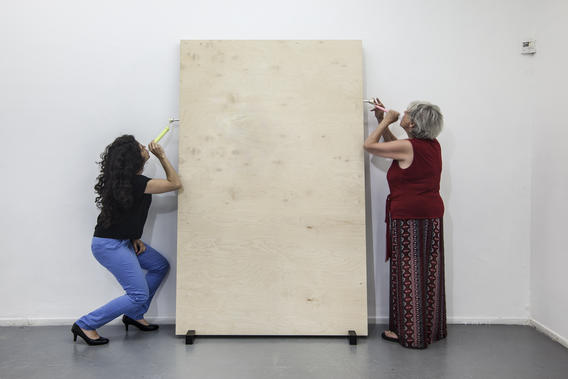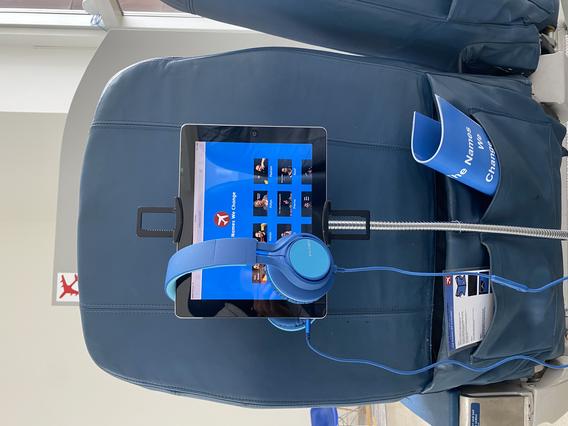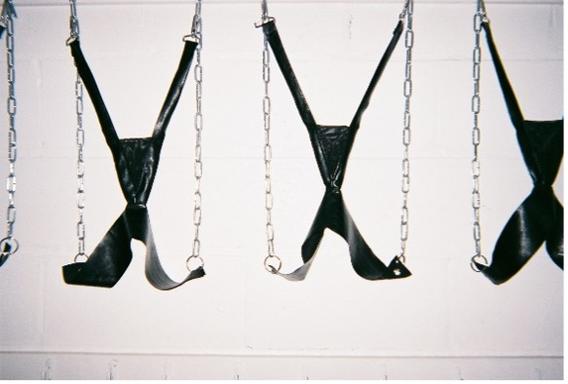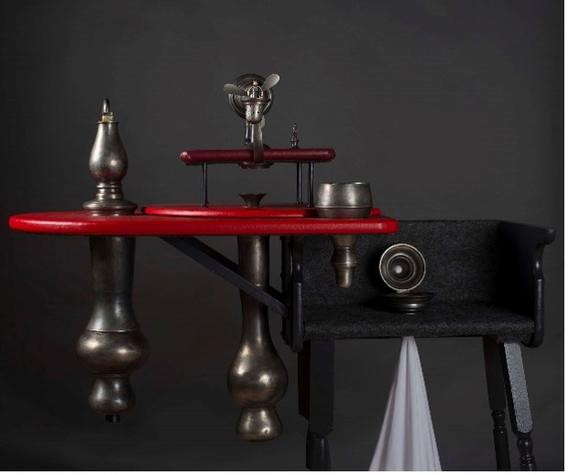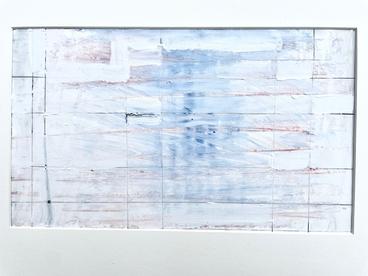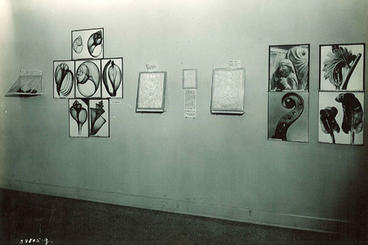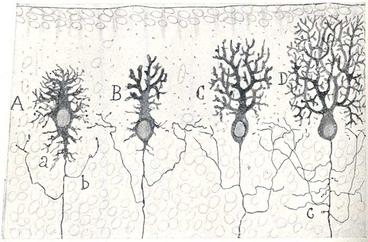The Weisman Art Museum presents The Other Four, a varied display of contemporary artists whose work draws on our sense of smell, taste, touch, and sound. The show seeks to explore the richness of the human experience and engage audiences through primarily nonvisual means. Featured works bring our attention to these four, often upstaged, senses and open up a vast realm of experiences that are usually overshadowed by our visual programming—even if only for the moments we are in the exhibition.
Curated by John Schuerman, The Other Four captures the spirit of regionally-based avant-garde artists who are experimenting and producing nonvisual, sensory art.
Utilize this guide to navigate the exhibition. Each digital label below includes a verbal description of the piece's accompanying label text.

